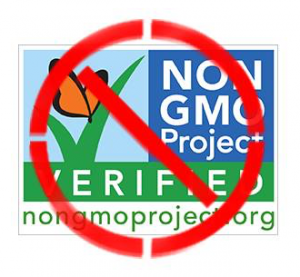What is a typical consumer supposed to do with the overload and bombardment of today’s food labels? It’s very clear that food companies will stop at nothing to sell a product. But just how many of these labels hold merit?
I decided to reach out to fellow farmers and food experts to find out which ones are the most misleading. Here they are in no particular order:
1. “No hormones added.” Growth hormones are allowed in beef cattle but are not permitted in poultry or pork. When you see a food label on chicken that says “no hormones or steroids added,” read the asterisks and fine print: **federal law strictly prohibits the use of hormones in poultry. It does not even exist.
2. “Antibiotic free.” When farmers use antibiotics in livestock by law they must go through a withdrawal period to ensure no antibiotic residues are left in the animal. This means that all meat is antibiotic free. No need to pay extra for antibiotic free when all of it is antibiotic free!
3. “Organic.” Up to 95 percent of consumers are buying organic because they believe it means “pesticide free.” This is false. Organic crops can and do use pesticides, especially on larger scale operations for grocery stores. These chemicals are “naturally derived,” but this means nothing in terms of toxicity or effectiveness. Sometimes organic pesticides are applied more frequently than their non-organic counterparts.
4. Cage-free chicken: Let it be known that all meat chickens are cage free. Some egg laying chickens may not always be cage free, but cages have generally been used for the best interest of the birds.
5. rBST free: BST is a hormone that exists within dairy cows, naturally. rBST is just a synthetic version that gives cows a little more of a hormone they already have, which can allow them to produce more milk. There is no nutritional difference between a cow that’s been treated with or without rBST.

6. The Non-GMO project: This is a label that’s just downright wrong. The fear mongering and misinformation they put out about GMOs, in order to sell something in their big business marketing wheelhouse is so incorrect, they were forced to take down the “reviews” portion of their Facebook page due to too many “one star” reviews. Their thought process? Tell people GMOs are bad, and rake in the money.
7. “Vegetarian-fed” chickens and pigs: Chickens and pigs are omnivorous by nature, eating anything that crosses their path. Pretty much all livestock are grain or vegetarian fed, so this is a bit of a moot point.
8. Gluten-free: This label actually does mean something for people who may have, say, a wheat allergy or Celiac disease. But it means nothing in terms of a diet fad. Gluten free foods do not mean healthier. Also, many food manufacturers label their foods as “gluten free” when the product never contained gluten in the first place.
9. Chemical free. Everything is made of chemicals. Everything. Even the dreaded “dihydrogen monoxide,” also known as water. Using chemophobia as a way to sell a product is popular, but it’s important to understand that over 99 percent of the pesticides we consume are naturally occurring within the plant itself, and in order for pesticides to affect humans, you would have to eat about 800 servings in a single sitting. Always wash your produce for good measure, and you’ll be fine.



